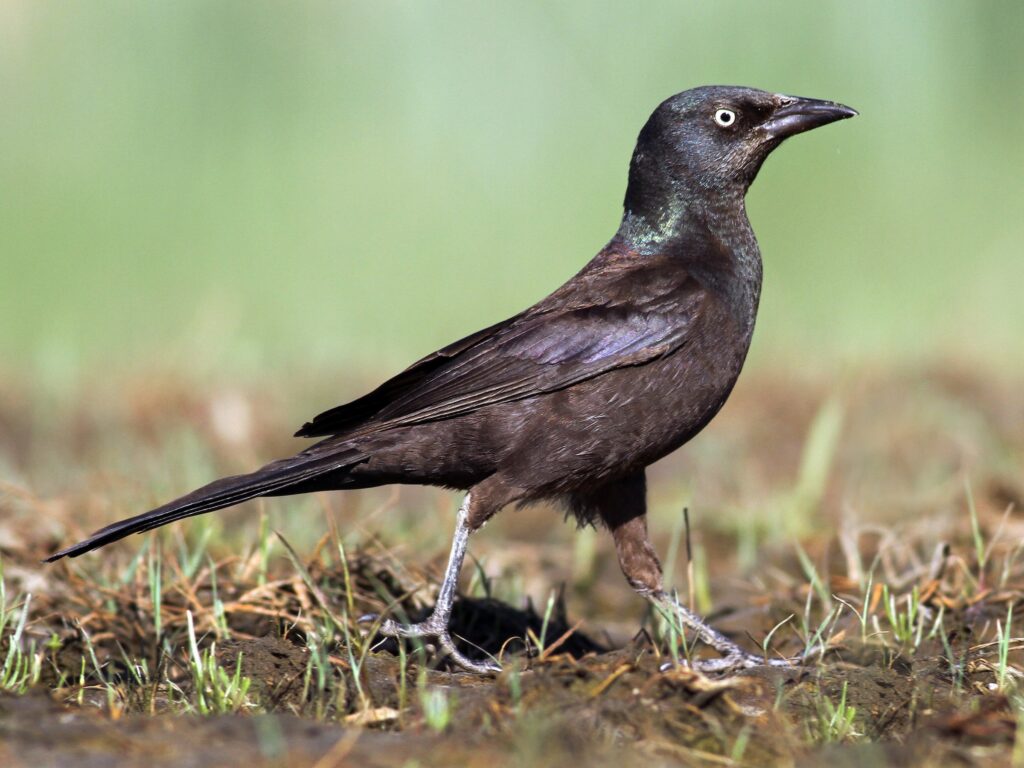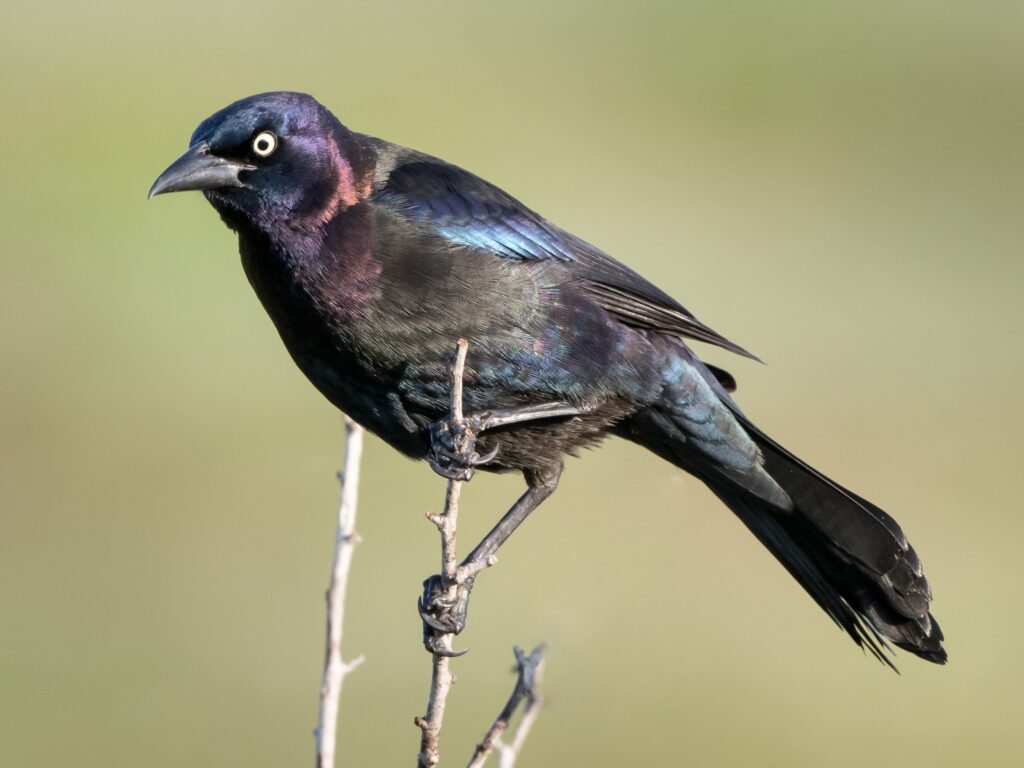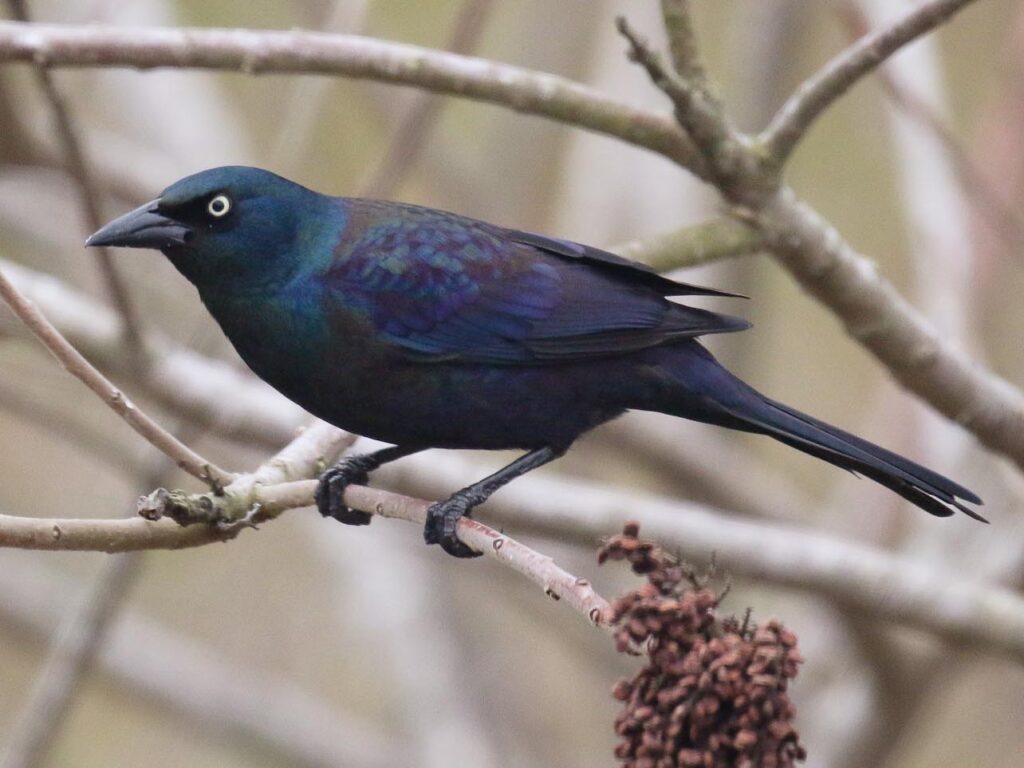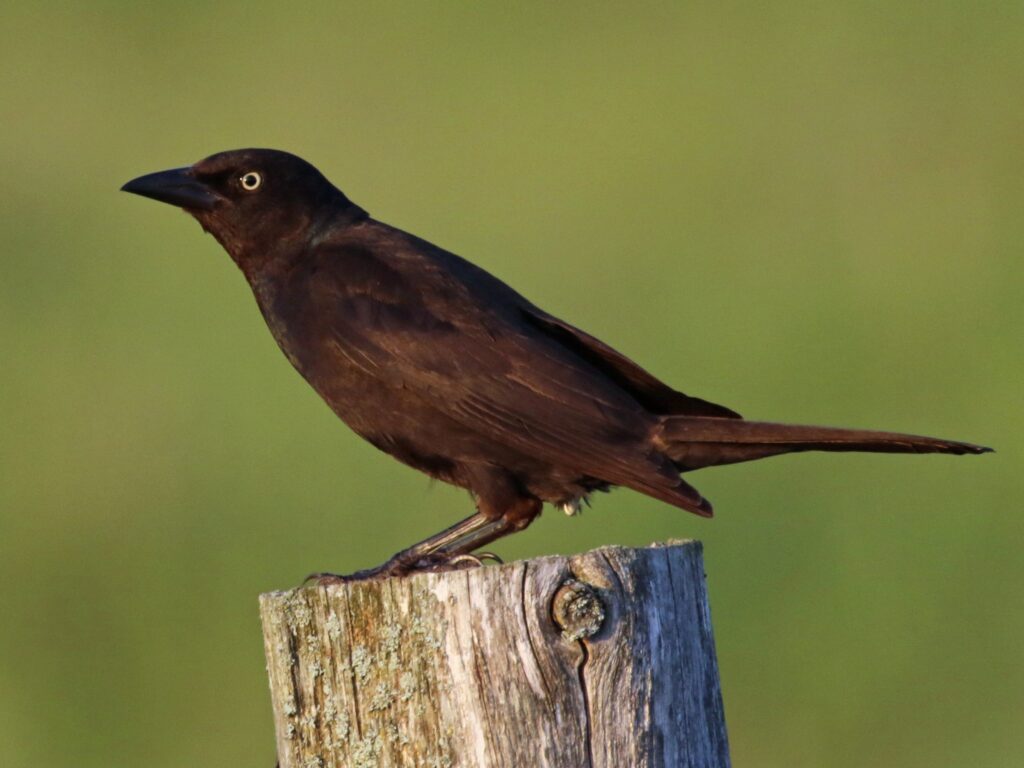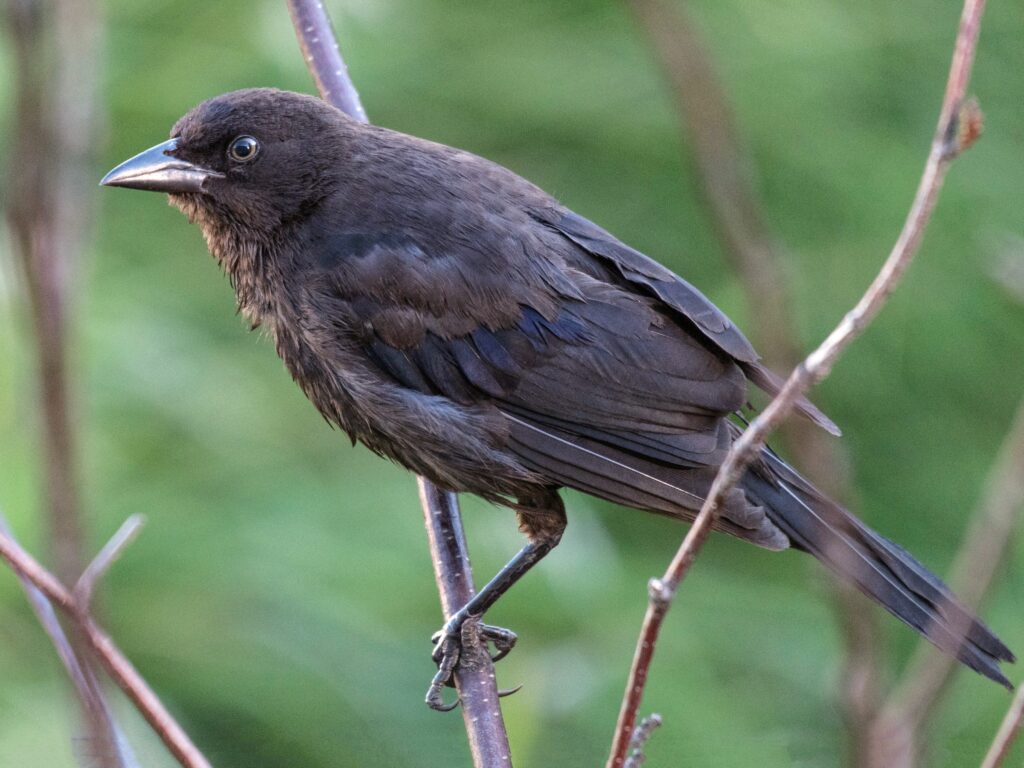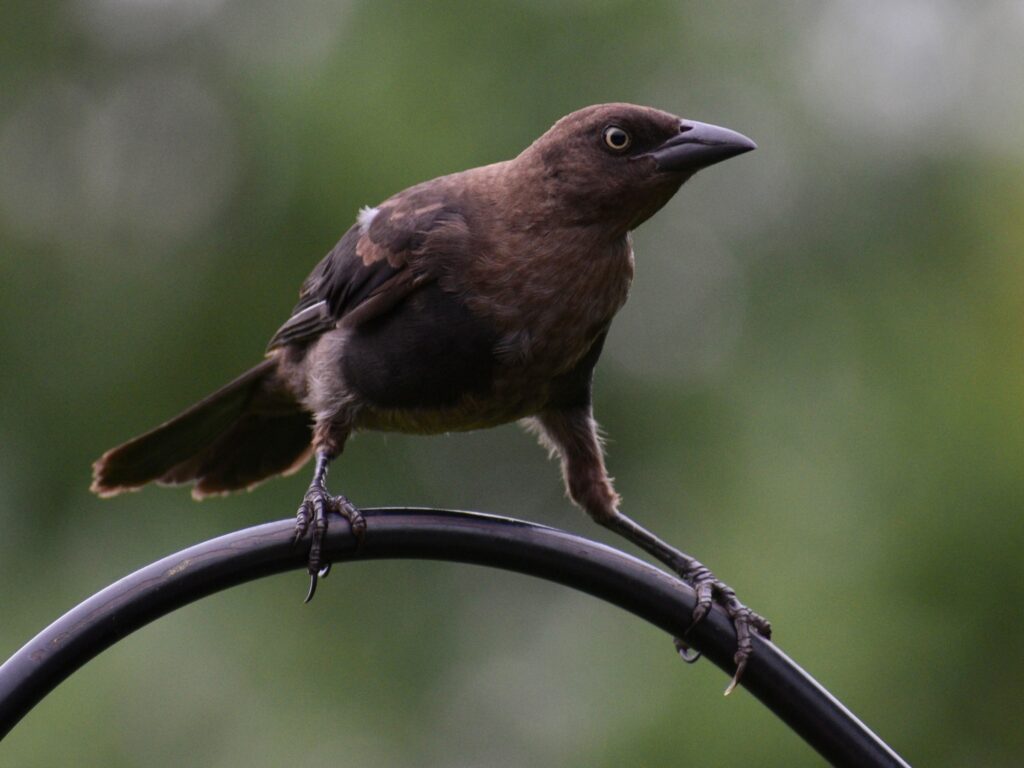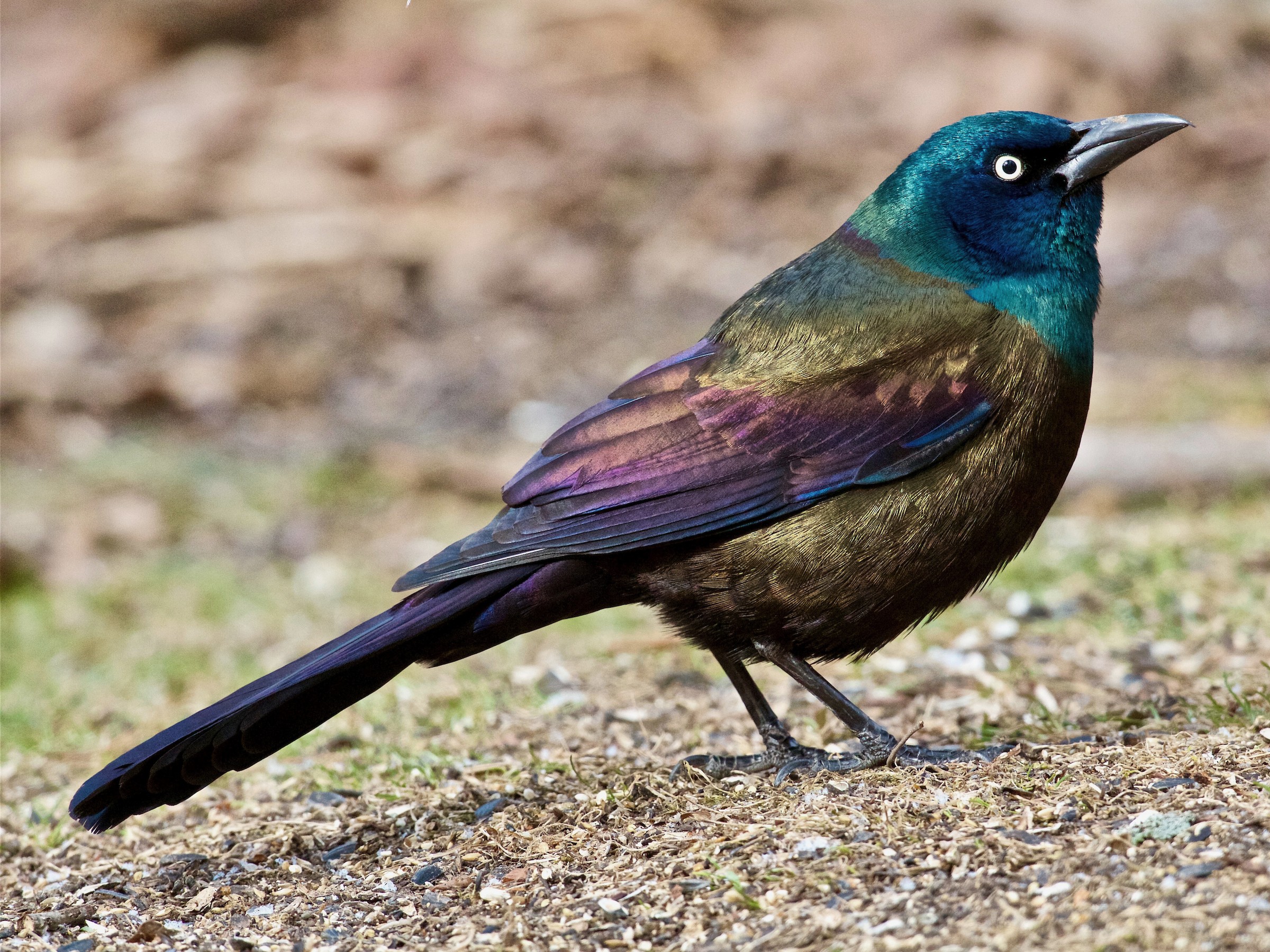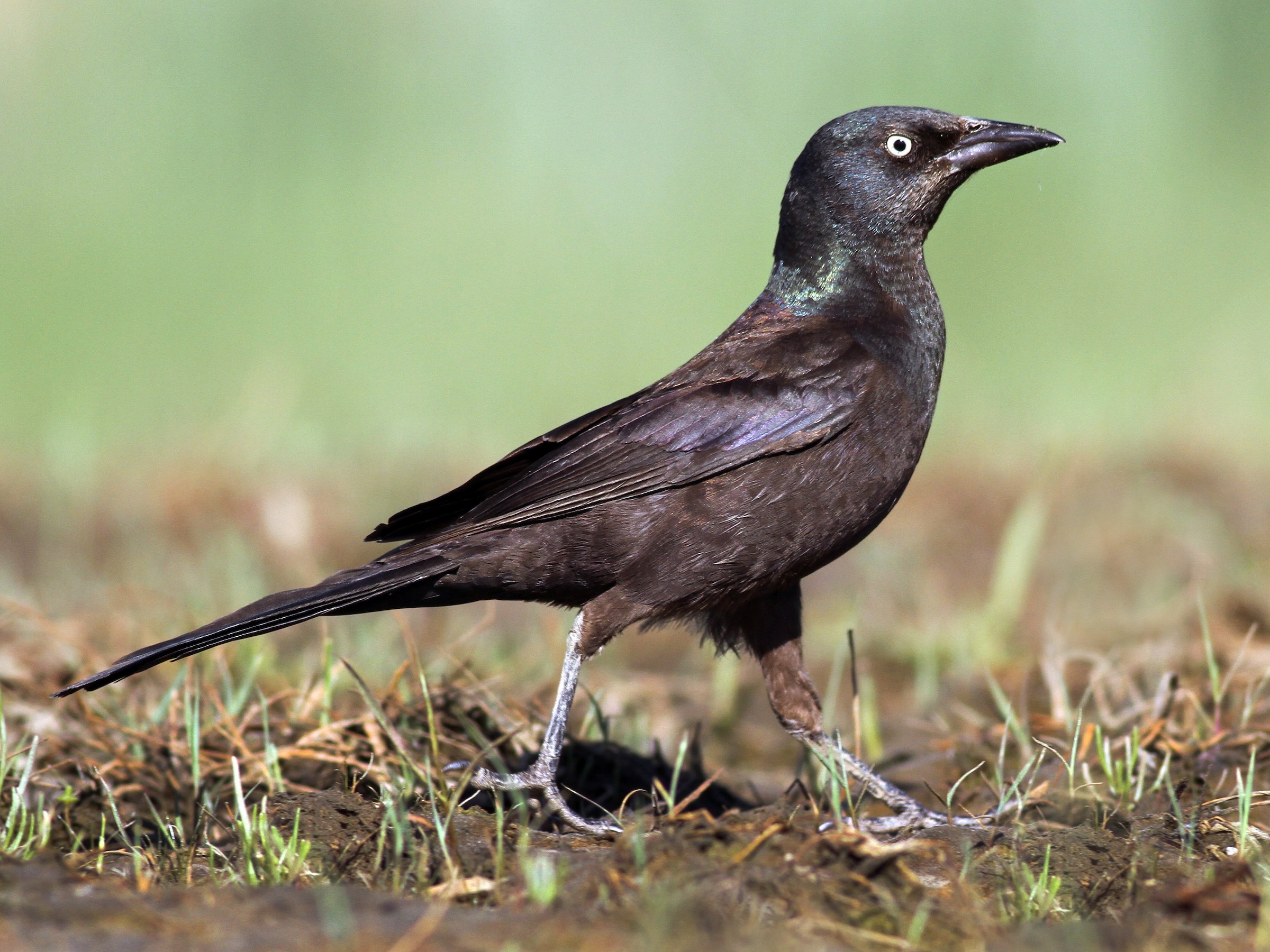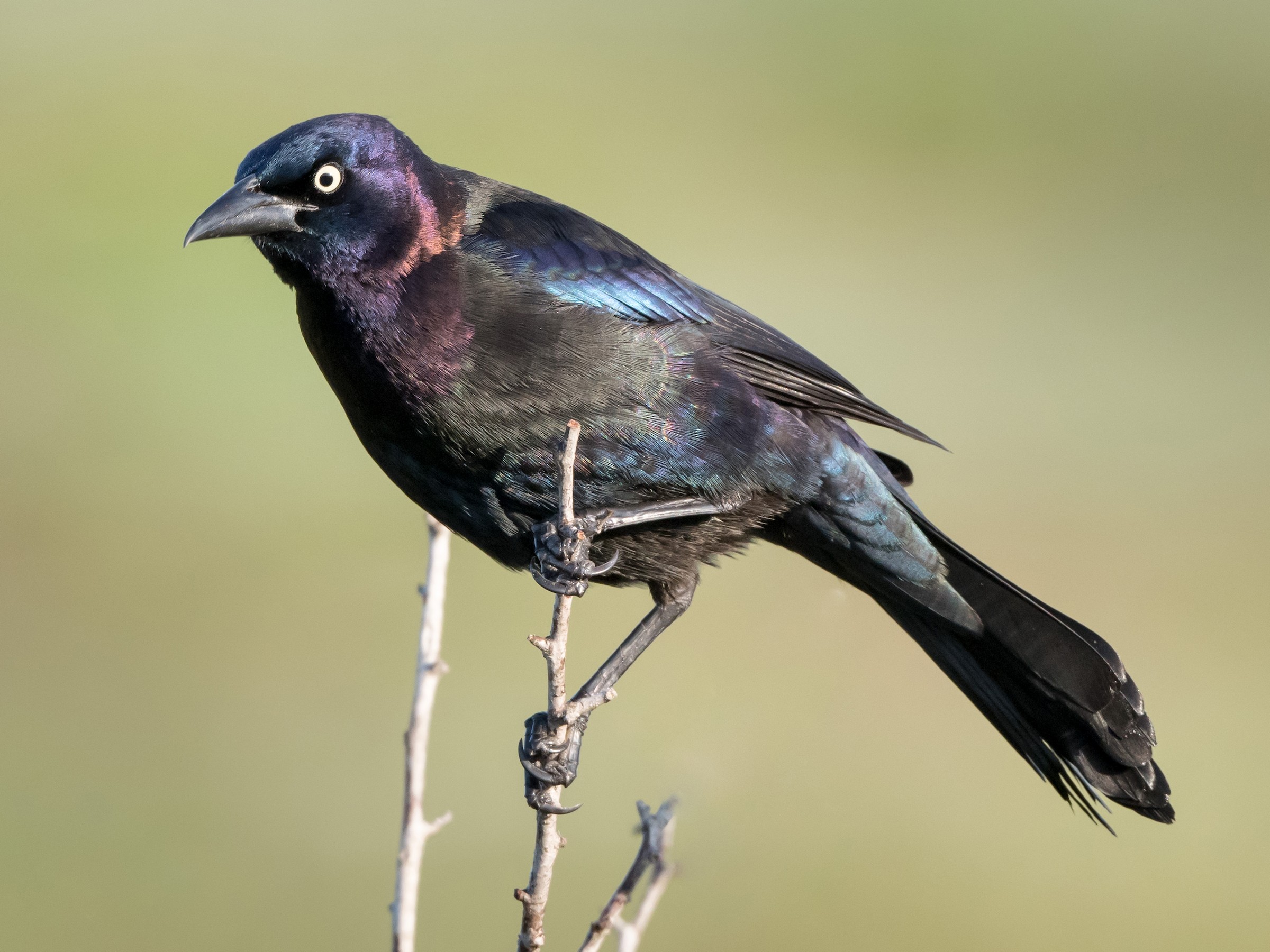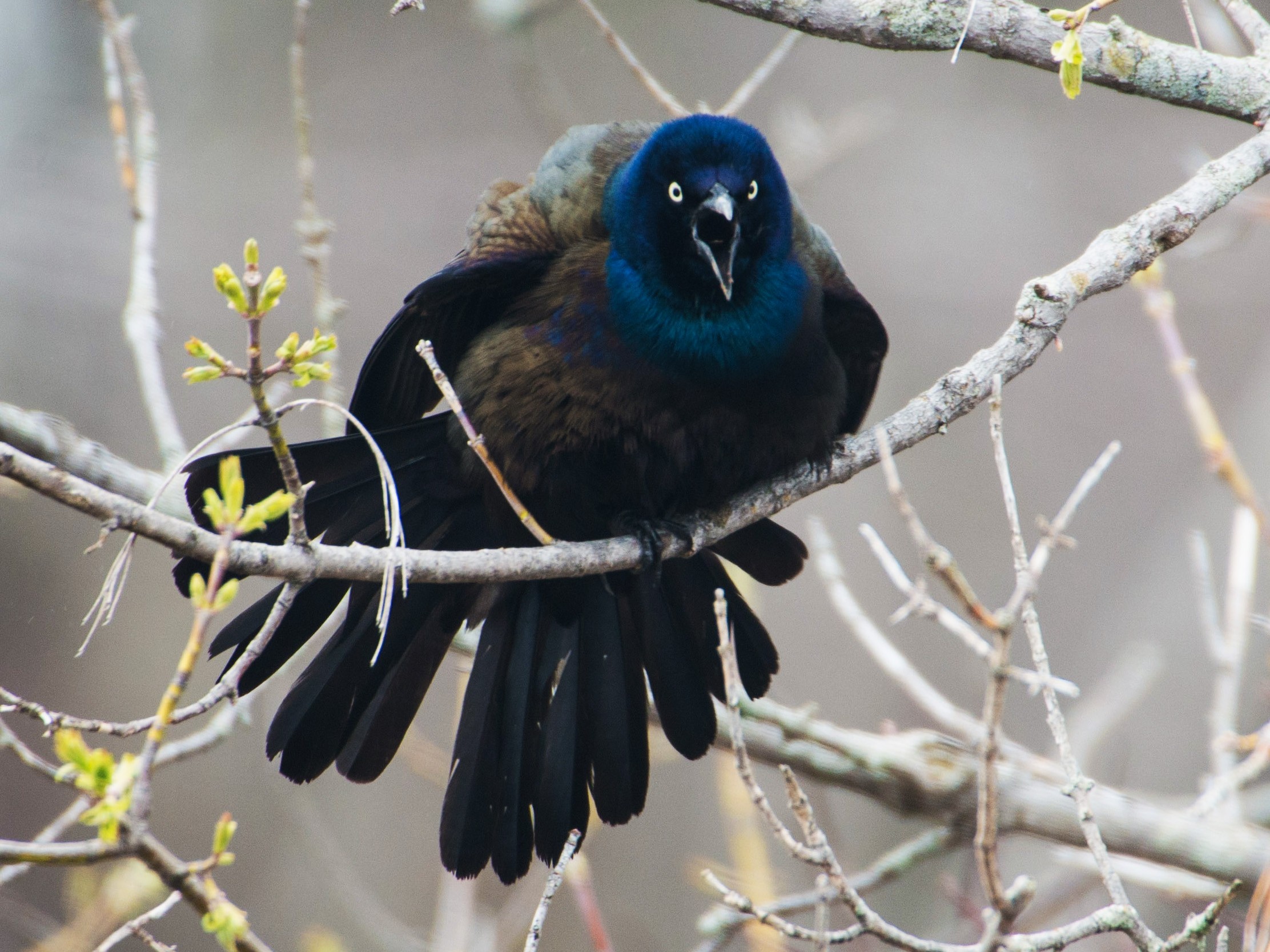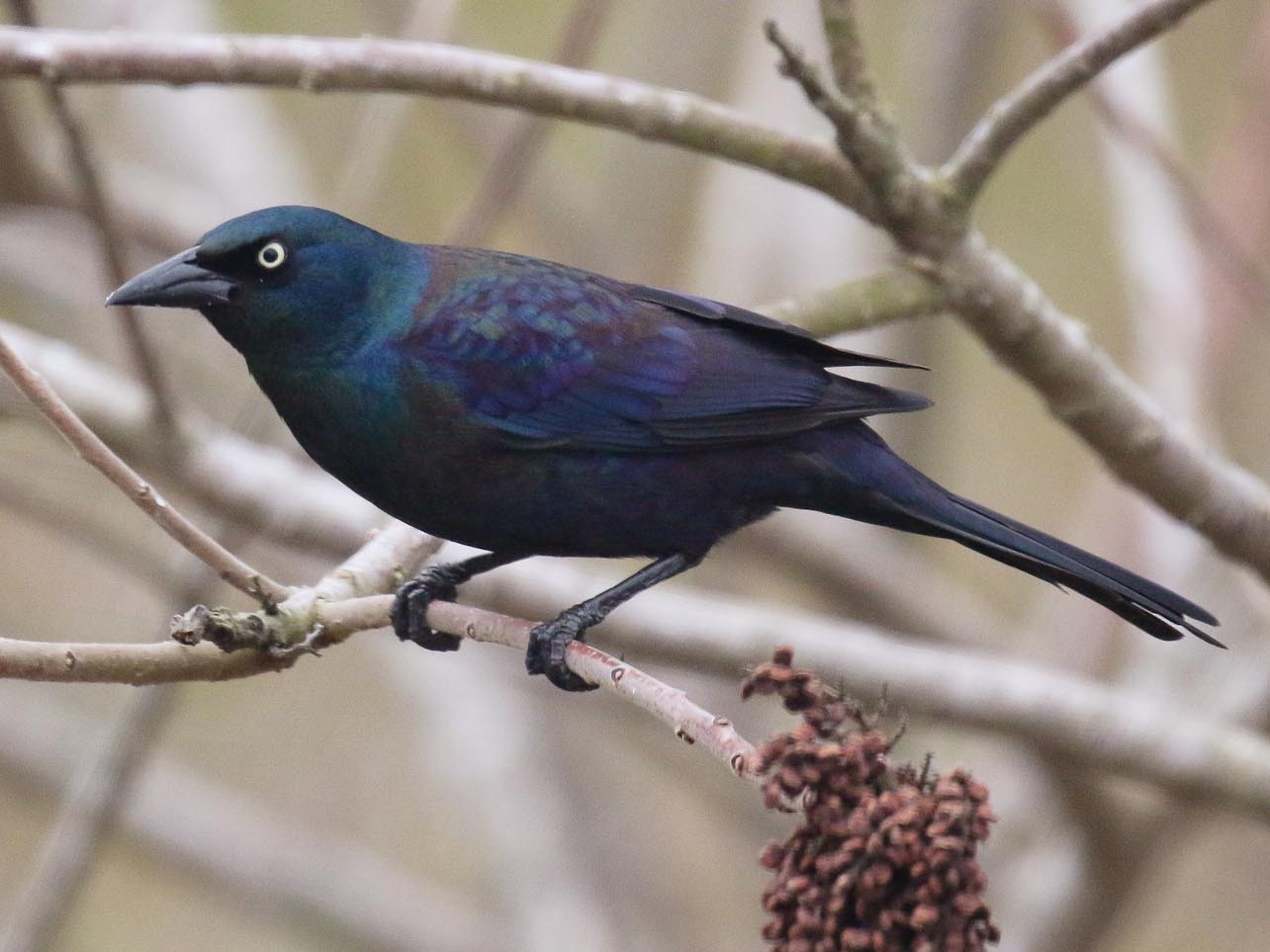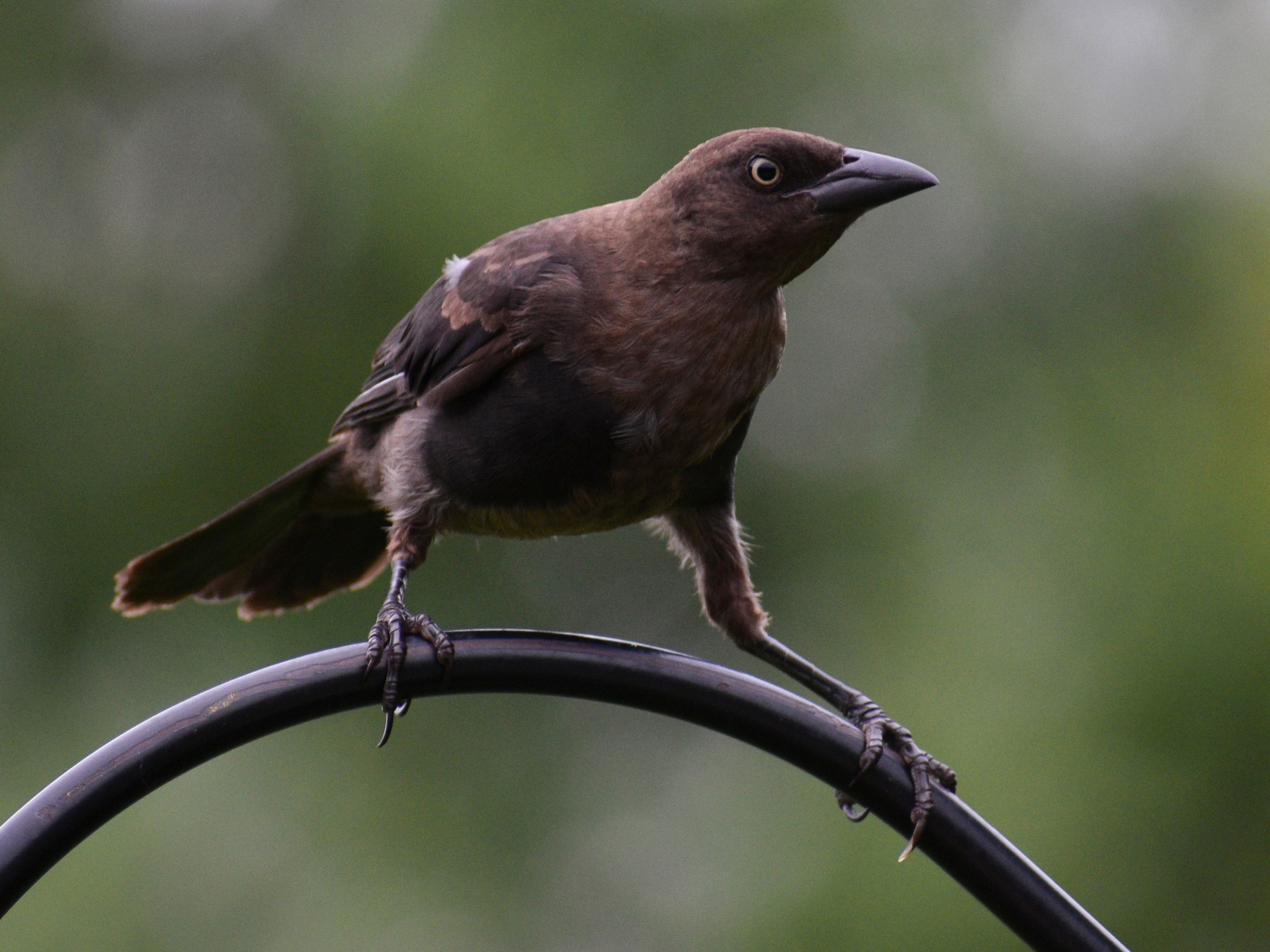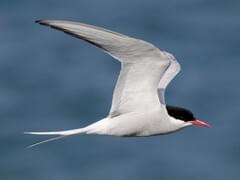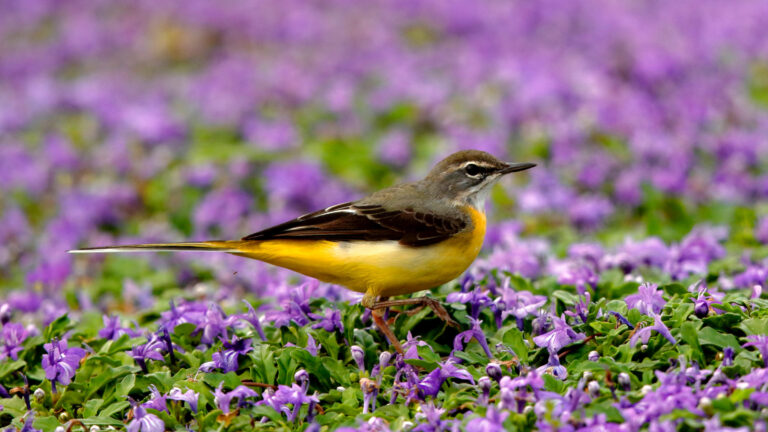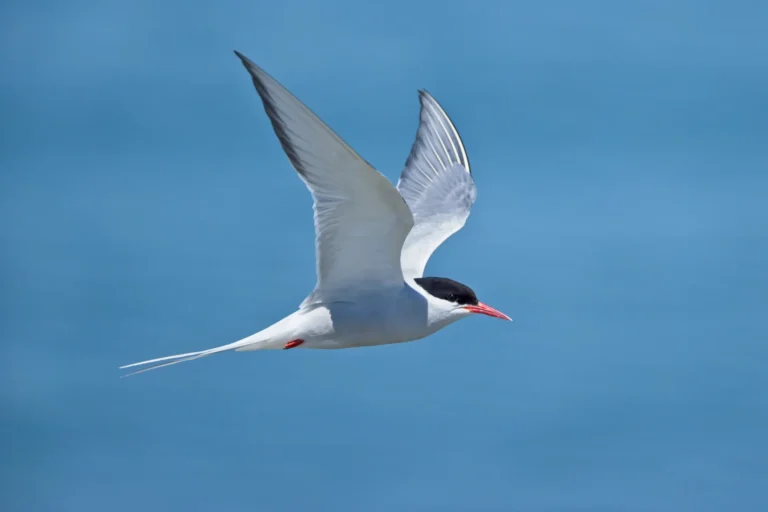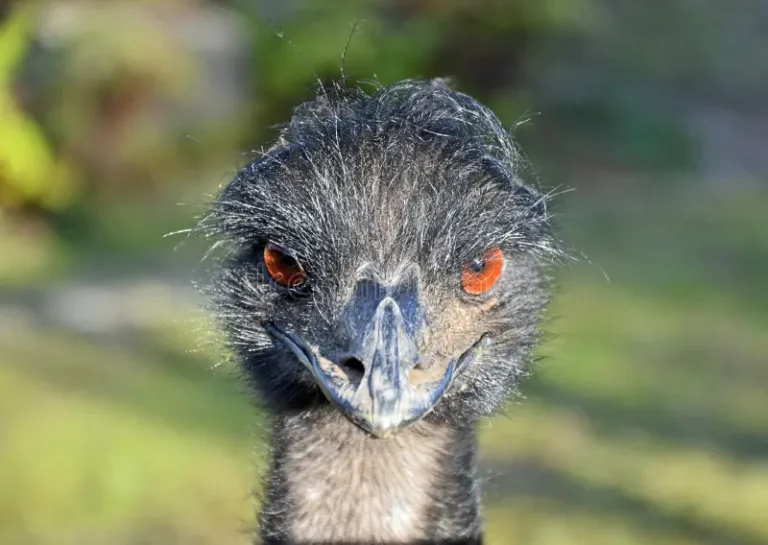How to Get Rid of a Grackle Bird: And, Surprising Facts About This Clever Songbird
Many people wonder how to get rid of a grackle bird. If you’re one of them then you might find some ideas here.
Grackle birds are often spotted in large, noisy flocks, their shiny feathers glinting in the sunlight as they move through parks and neighbourhoods.
These birds belong to the Icteridae family and include species like the common grackle (Quiscalus quiscula), the great-tailed grackle, and the boat-tailed grackle. Grackles stand out among blackbirds because of their striking iridescence and bold behavior.
People often wonder how to keep grackles away, especially when these resourceful birds take over feeders or lawns. With their clever problem-solving and social nature, grackles can be both fascinating to watch and challenging for bird enthusiasts to manage. To learn more about grackles—their habits, behavior, and even recent changes in their populations—visit this detailed ecology and management resource.
Key Takeaways
- Grackles are striking blackbirds known for their iridescent feathers and social behavior.
- There are simple ways to prevent grackles from dominating yards and feeders.
- Answers to common questions about grackles can help bird enthusiasts understand them better.
How To Get Rid Of A Grackle Bird
Grackles are often considered a nuisance, especially in the spring when their large flocks can overtake gardens, parks, and neighborhoods. They seek out places with abundant water, food, and shelter, which makes some habitats more likely to attract them.
To help control grackle populations, people should limit food sources. Removing bird feeders or switching to feeders that are designed to exclude larger birds can be effective. Keeping pet food indoors and cleaning up fallen seeds will also help.
Pest control tips to deter grackles:
- Use noise makers or predator decoys like owls.
- Hang reflective objects, such as old CDs or tape, to scare them away.
- Trim trees and shrubs where grackles gather or nest.
- Cover trash cans tightly.
- Please don’t try to destroy it
Grackles eat a variety of foods, including insects and even small animals, but they are also drawn to available water for drinking and bathing. Limiting standing water can make the area less attractive.
Though grackles are not known as major carriers of parasites, they can still contribute to an unsanitary environment when flocking in large numbers.
For more methods and research into habitat management and grackle control, visit this guide on the ecology and management of the Common Grackle at Taylor & Francis.
If these steps do not work, consulting professional pest control may be necessary. Always check local laws before taking action, as grackles may be protected in certain areas.
Frequently Asked Questions
Grackles are striking birds known for their iridescent plumage, large flocks, and unique calls. They are often seen in open habitats and have interesting behaviors that set them apart from other blackbirds.
What are the distinguishing characteristics between a grackle and a crow?
Grackles are smaller than crows and have a longer, wedge-shaped tail. Their plumage is glossy, often showing purple or green highlights, especially in males. Grackles also have bright yellow eyes, which are different from the dark eyes of most crows.
Crows are bulkier with thicker beaks and lack the long tail feathers seen in grackles. The sounds they make are also very different.
What is the spiritual significance associated with grackles?
Some people believe that grackles symbolize adaptability and communication because they thrive in many environments and are very social. In some cultures, they are seen as messengers or symbols of change, due to their bold presence and loud vocalizations.
How does the sound of a grackle differ from typical bird calls?
Grackles make unique, guttural sounds that can be described as harsh, metallic, or even creaky. Their vocalizations stand out compared to the melodic calls of many songbirds. In a colony, they often communicate with a mix of whistles, clicks, and squeaks, which can be heard in detail in research on grackle vocal behavior.
What are the identifying features of a male versus a female common grackle?
Male grackles are larger and have glossy black or iridescent purple-blue feathers. Their tails are long and wedge-shaped, and they often stand out when singing or displaying in flocks.
Female grackles are smaller, with more brownish or gray plumage. Their tails are shorter, and they do not have the same bright coloration as males. Juvenile grackles look similar to females but are even duller in color.
Can grackles be commonly found throughout Texas and in what habitats?
Grackles are very common throughout Texas. They thrive in open habitats such as parks, fields, city streets, and even parking lots. They are often seen in large flocks, especially near water sources or food.
Grackles adapt well to human presence and urban environments. They can also be spotted in rural areas and farmland.
What are the behavioral patterns of common grackles?
Common grackles gather in large flocks and often feed on the ground. They show behaviors like “anting,” where they let ants crawl on their bodies, possibly to remove parasites or soothe their skin.
Male grackles frequently display by fluffing their feathers and singing loudly. They are also known for their strong, social communication within flocks, as explained in detail in studies about grackle colonies.


